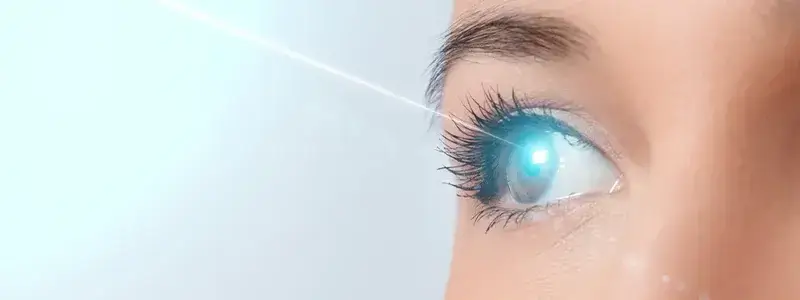Long-term results from LASIK tend to be best in people who are carefully evaluated prior to surgery to ensure they are good candidates for the procedure.
If you wear contact lenses that can change the shape of your cornea, you should stop wearing them completely and only wear your glasses at least a few weeks before evaluation and surgery. Your doctor will provide specific guidelines based on the type of contacts you wear and how long you have been a contact lens wearer.
During the evaluation, your ophthalmologist will ask about your medical and surgical history and will give you a comprehensive eye exam to assess your vision and whether you can do the procedure safely.
Your doctor will look for the following signs:
Your eye doctor will also measure your cornea, noting the shape, contour, thickness and any irregularities. Your eye doctor will evaluate which areas of your cornea need reshaping and determine the exact amount of tissue that needs to be removed from your cornea.
Doctors often use wavefront guided technology to thoroughly evaluate your eye before LASIK surgery. In this test, a scanner creates a highly detailed chart, similar to a topographic map of your eye. The more detailed the measurements, the more accurate your eye doctor will be in removing corneal tissue.
Before surgery, your doctor will discuss the risks and benefits of LASIK surgery, what to expect before and after surgery, and any questions you may have.



















